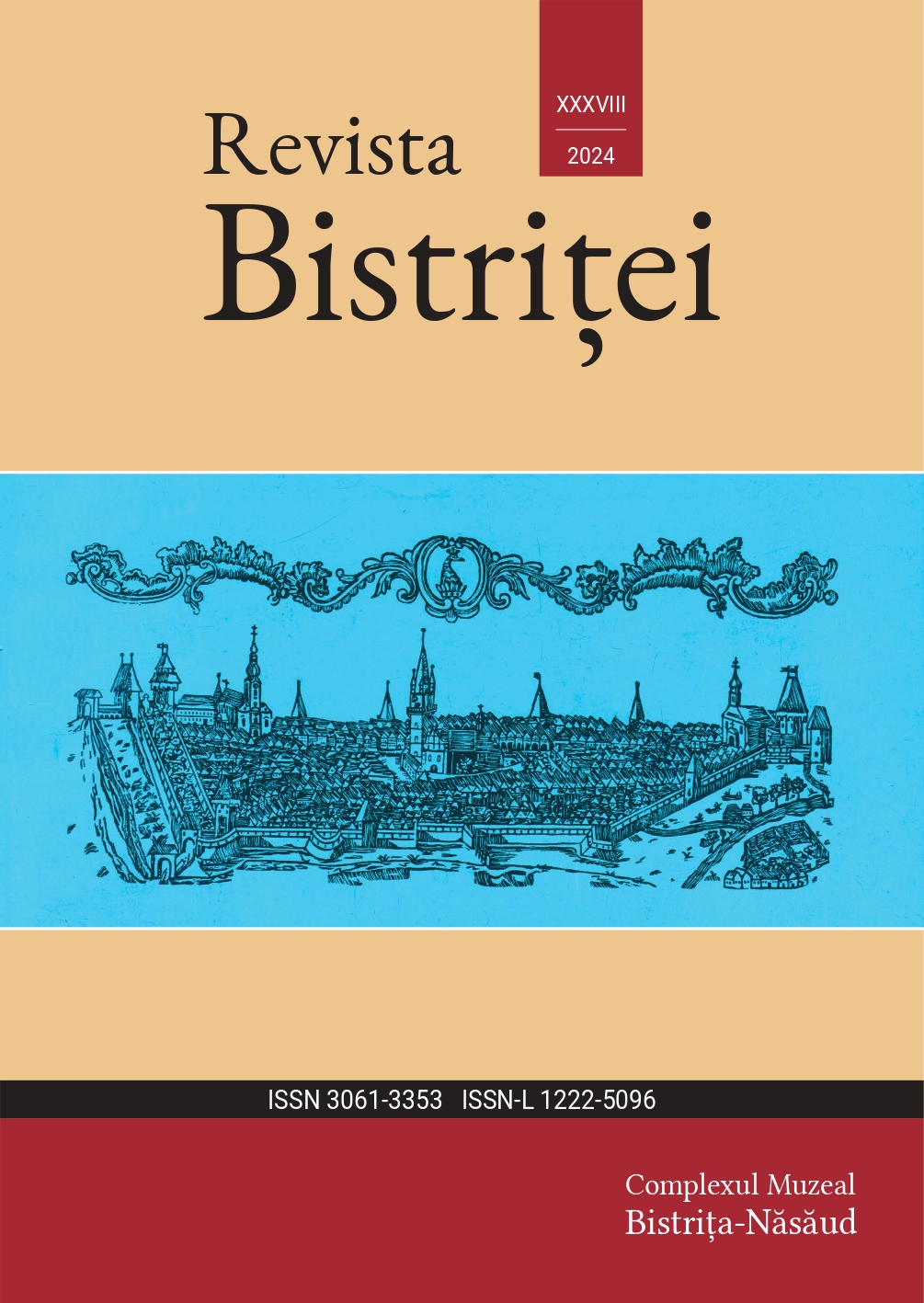Linia Arpad și fortificațiile de la Ilva Mică. Conotații geoarheologice și relevanța cultural—istorică și turistică
Arpad Line and the fortifications of Ilva Mica. Geoarchaeological connotations and cultural—historical and tourist relevance
Author(s): Ioan BîcaSubject(s): History, Geography, Regional studies, Regional Geography, Maps / Cartography, Recent History (1900 till today), WW II and following years (1940 - 1949), Tourism
Published by: COMPLEXUL MUZEAL BISTRIȚA-NĂSĂUD
Keywords: Arpad Line; fortifications lines; sapper; geoarchaeology; cultural heritage; mountain tourism; archaeological tourism, military tourism
Summary/Abstract: On the peaks of the Eastern Carpathians there is a system of fortifications set up during the Second World War by Horty Miklos troops, to defend the eastern border of Hungary expanded after the Vienna Second Award. These fortifications are called the Arpad Line and join other fortified lines of Europe such as the Maginot Line, the Siegfried Line, the Stalin Line, the Mannerheim Line, and the Metaxas Line. Within this system of fortifications are trenches, firing positions, positions for artillery pieces, bunkers, casemates and concrete anti-tank bulwarks.In Bistriţa-Năsăud county, the Arpad Line is present in the mountain areas of Călimani, Bârgău, Suhard, Rodnei, but also in the Someșului Mare Hills and the Bistrița Hills. Among all the fortifications of the Arpad Line, present on the territory of Bistrița-Năsăud County, the most complex system is located at Ilva Mică, on Ponce Hill, being arranged underground and on the surface of the hill. As military and historical evidence, the fortifications within the Arpad Line are distinguished by geo-archaeological, cultural-educational and touristic value, which could be exploited by local communities. The present study attempts to inventory, evaluate and analyse the fortifications from Ilva Mică from a geo-archaeological and tourist perspective in order to include them in the attractive tourist resources of Bistrița-Năsăud County.
Journal: REVISTA BISTRIȚEI
- Issue Year: XXXVIII/2024
- Issue No: 38
- Page Range: 253-265
- Page Count: 13
- Language: English, Romanian

